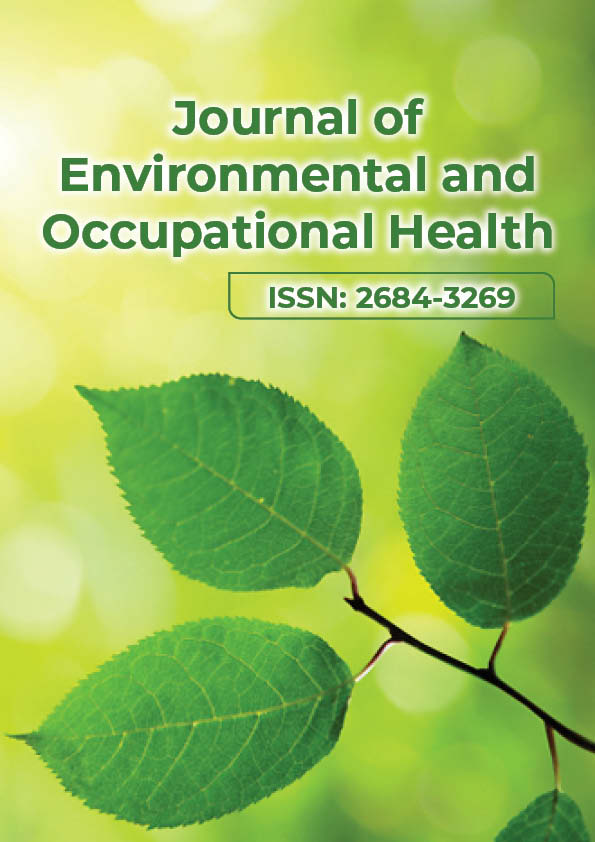Detection of Human and Bovine Tuberculosis Using an Existing Diagnostic Practice in Residential Districts of Tigray Region, Northern Ethiopia
Abstract
Sisay Weldegebriel Zeweld, Daniel Hussien Reta, Atsede Gidey Abay, Yibrah Berhe Zelelew
Aim: A cross-sectional study was conducted from September 2012 to May 2013 to determine the prevalence of tuberculosis using the existing diagnosis practice and the concomitant risk factors allied with the outspread of infection in cattle and the potential risk of infection to humans. Methods: Comparative intradermal tuberculin test was carried out to differentiate between cattle infected with M. bovisand those sensitized to tuberculin due to exposure to other mycobacterium or related genera. Results: A total of 423 cattle were tested for tuberculosis and 49 (11.6%)and 31 (7.3%)were found infected with and without considering doubtful reactors as positives, respectively. The overall prevalence of bovine tuberculosis was 7.3% (31 out of 423). There was higher distribution of tuberculosis reactor animals in the herds of Adigudem district than in Hewane and Wukro districts with district level positive reactor prevalence of 8.7%, 8.1% and 6.4%, respectively. Type of herd (χ2= 12.98, P = 0.009), breed (χ2=5.68, P = 0.0001), body condition (χ2= 22.94, P =0.0001), presence of coughing animal in the herd (χ2= 139.36, P = 0.0001) and contact among herds (χ2= 14.74, P = 0.001) were found the major risk factors significantly associated with the occurrence of tuberculosis in cattle. Atotal of 228 humans were attended the health centers. Conclusion: There was statistically significant association between the detection of acid-fast bacilli and residence in urban or rural, custom of raw milk and/or meat consumption, finding of skin nodule and origin of patients were found significantly associated with the finding of the organism responsible for extra-pulmonary tuberculosis. Awareness should be created among the people, diagnosticand treatment facilities should be established in villages and test-and slaughter policy should be designed to allow formulation of appropriate strategic control measures in order to reduce public health risks.
PDF




